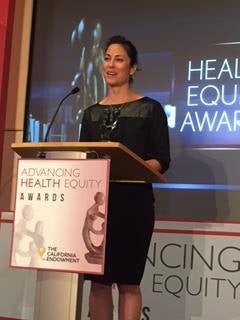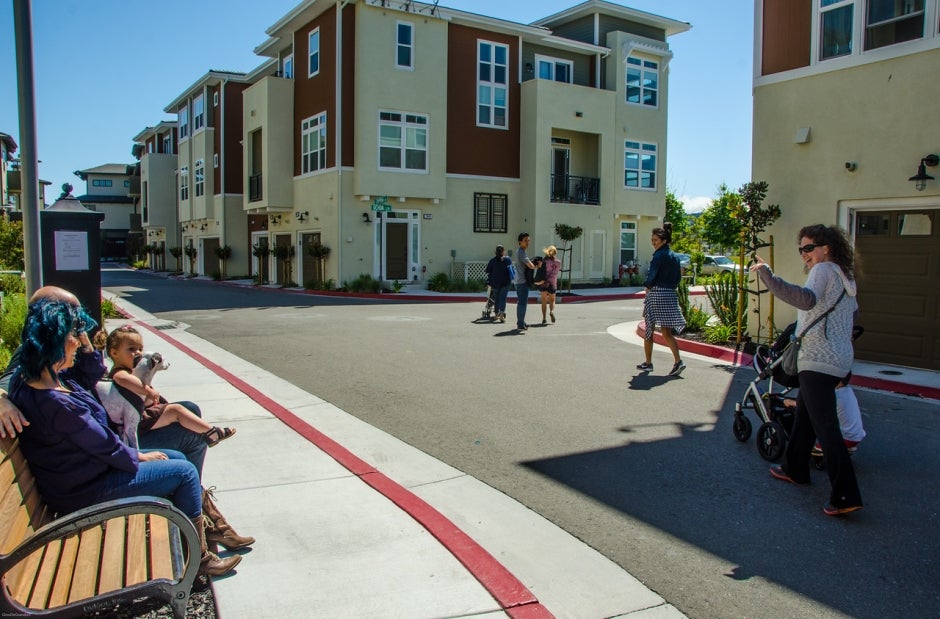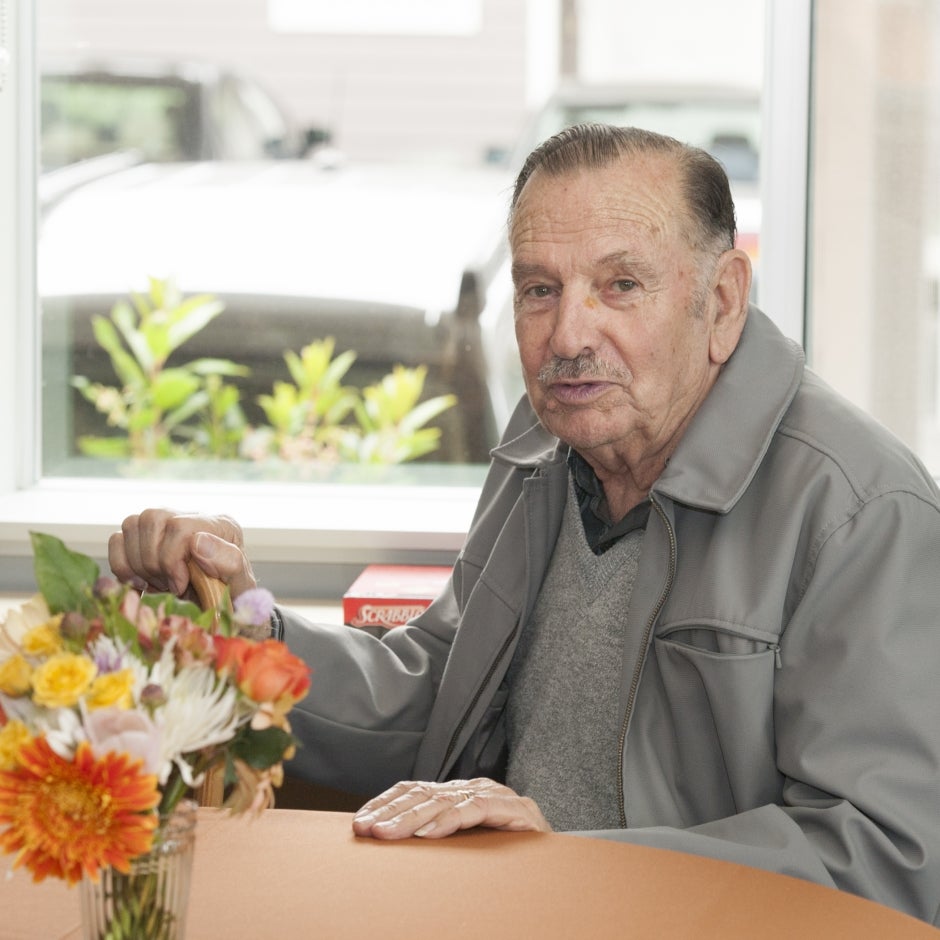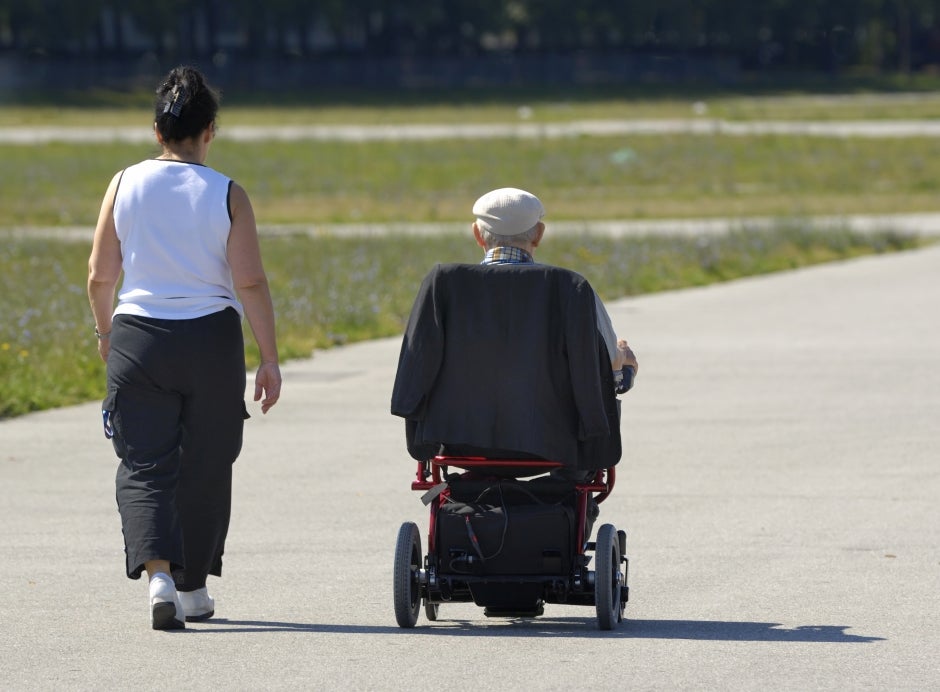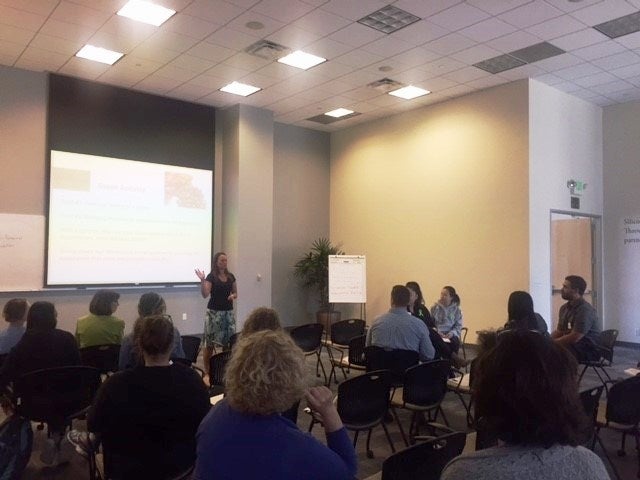May 2017 Newsletter
The Longevity of Good Health
We Won Because of YOU – A Big Thank You to Our
Partners
On May 24, the San Mateo County Health System received the
exemplary Health Equity Practice Award by The California
Endowment for Get Healthy San Mateo County’s 2015-2020 strategic
plan’s strong commitment to advancing health equity in our
communities. It is with great honor and it is with tremendous
gratitude to our partners that we receive this award. Without our
strong partnerships we cannot achieve positive health outcomes
for all residents. THANK YOU!
Livability Index Scores Identifies Strengths and
Deficiencies
Did you know San Mateo County scored 55 out of 100 on quality of
life for all ages compared to other communities across the
nation? Check out your city’s score on the Association of
Retired Persons (AARP) Public Policy Institute’s Livability Index, a
comprehensive tool which scores communities and neighborhoods
across several categories such as housing, neighborhood,
transportation, health, and opportunity. How well
does your city score?
It’s not too late! Comment on Plan Bay Area
The Association of Bay Area Governments (ABAG) and the
Metropolitan Transportation Commission (MTC)’s Draft
Environmental Impact Report (Draft EIR) for Plan Bay Area 2040
was recently released. The report identifies transportation, air
quality, land use and physical development, climate change and
greenhouse gases, noise, biological resources, visual resources,
cultural resources, public utilities and facilities, hazards, and
public services and recreation. If you did not get a chance
to attend one of the Plan Bay Area open houses, it’s not too late
to submit your suggestions.
June 1 is the last day to submit a comment.


